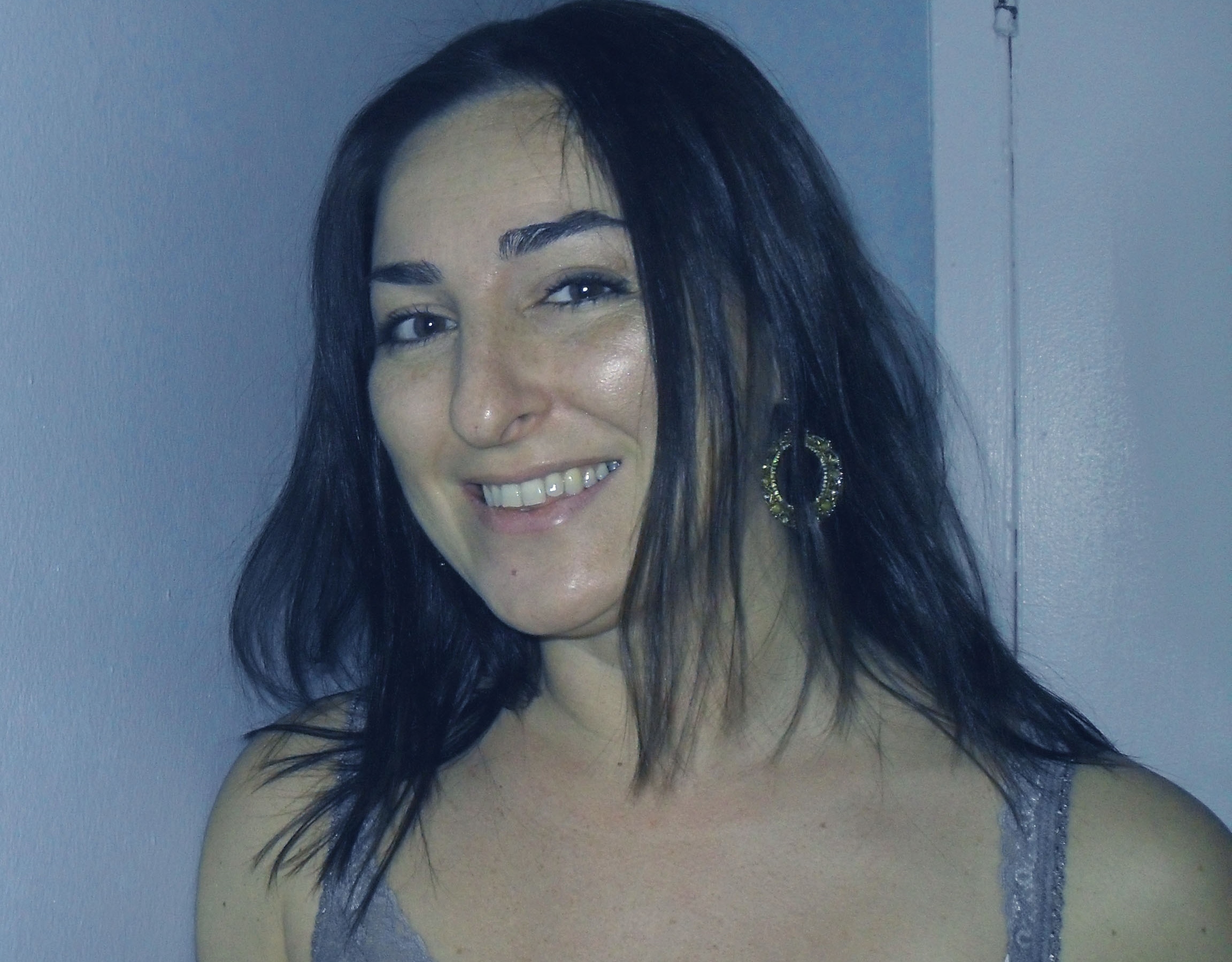
Daniela Milinkovich: The Part-time Perspective
[flickr id=”8430798861″ thumbnail=”medium” overlay=”true” size=”original” group=”” align=”none”]
For this week’s blog, I decided to interview my friend and cohort-mate, Daniela Milinkovich, about what it’s like to go through the Art Education MAT program here at Columbia on a part-time, three-year plan. I’ve been asked by some prospective students about the pros and cons of going through the program part-time, and Daniela has some great insights.
Ashley Saunders (Me): What made you decide to do the Art Education MAT part-time?
Daniela Milinkovich: There were a few reasons for choosing to take the program part-time versus full-time. The largest reason is that I have a full-time job that takes up a lot of my time. I wanted to keep my job as long as possible during the career transition so that I can save enough money to help pay my bills while I’m student teaching. Also upon entering the program, a new requirement came up. In addition to the Master’s coursework, I have to take four additional undergraduate upper-level art courses sometime throughout the program. Taking both of these factors into consideration, the part-time program has allowed me to save up more money and fit in the additional courses. So far, it’s been working out very well!
Me: For you personally, what are the pros and cons of part-time grad school? Do you feel like the program is cohesive?
DM: I will say, for the most part, the program is running pretty smoothly. The biggest “pro” of taking the part-time program is that I feel as though I can absorb the information better and take time to observe in more schools. I often get the sense that my cohort felt like the full-time program was moving too quickly, and they sometimes had “information overload”. With the part-time program, I feel as though I have time to digest what I’m learning. I would say one of the cons is that sometimes I don’t feel as connected with my cohorts, because I’m somewhere in between both of them. It would have been nice to graduate with the cohort that I began with.
[flickr id=”8020096154″ thumbnail=”medium” overlay=”true” size=”original” group=”” align=”none”]
Me: In a way, you belong to two cohorts. What are the benefits of that?
DM: The greatest benefit of being in two cohorts is that I’ve gotten to know some great people that I may not have had the opportunity to had I done the full-time program. It has also been really great to see the different dynamics in both cohorts. Each one is special in its own way. I feel lucky to have made so many great connections and only hope to strengthen them as I complete the program.
Me: You’re in the program part-time, working full-time, you hold an office in NAEA, (feel free to add on anything else you do to this list)… How do you manage your time, and what do you do to relax?
DM: I have to say it has been challenging to juggle so many different things. On the evenings I’m in class, I’m usually gone from 7:00am and not home until 9:00pm. Many of my weekends are filled up with completing assignments for the coursework. What really helps me to get through is to force myself to take time for me. I enjoy working out and spending time with my friends and family. Even though it’s not as often as I would like, I make time to keep those things in my life to give me a healthy balance. Additionally, I try to create at least a few pieces of art on my breaks and when I have extra time. It is really important to me to continue to be a practicing artist; I think it will only help me to be a better educator.
Me: Do you feel like you’re getting the same experience as everyone else?
DM: I think that I’m getting a very similar experience as everyone else for the most part.
Me: What is something you would change about the program? Would you recommend it part-time?
DM: As of right now, there is nothing that I would change about the part-time program. If someone was in a similar situation as me, I would definitely recommend it. I think that I am very lucky to have had the opportunity to take the program over three years instead of two, and I’m not sure that I could have completed the program financially if that was not an option.
